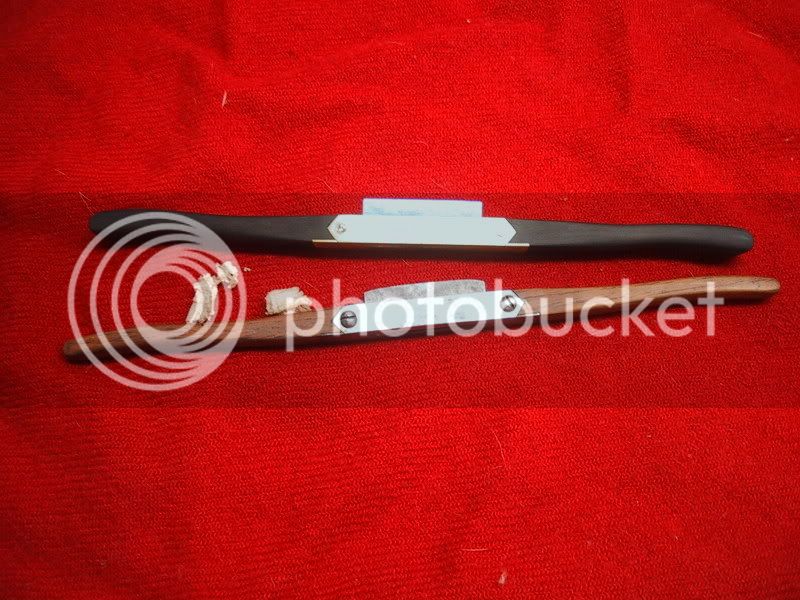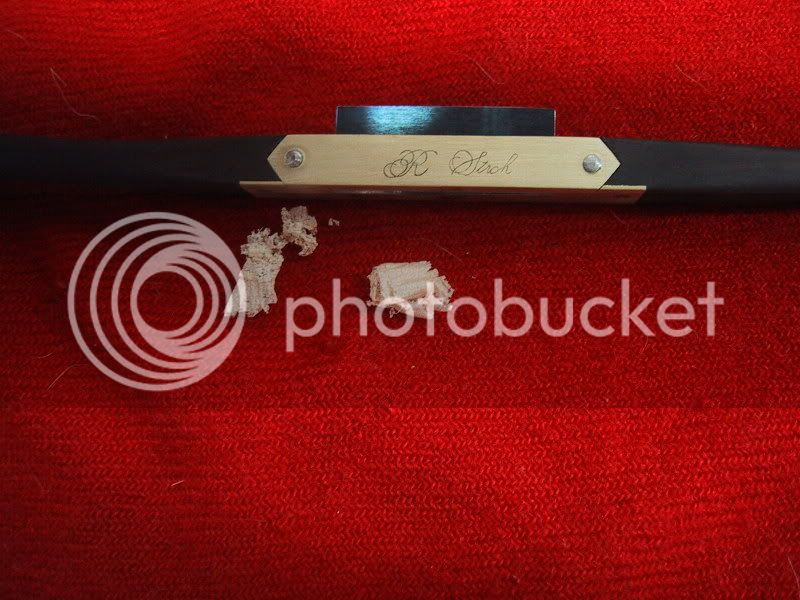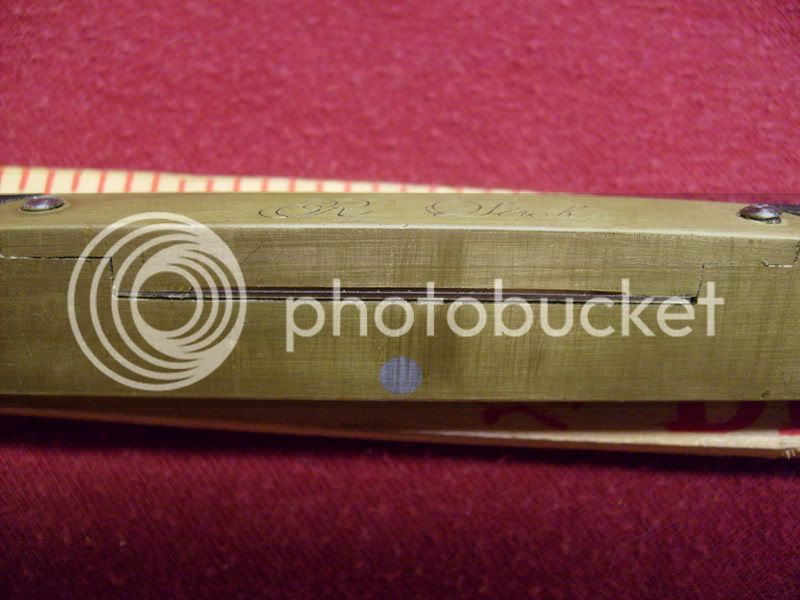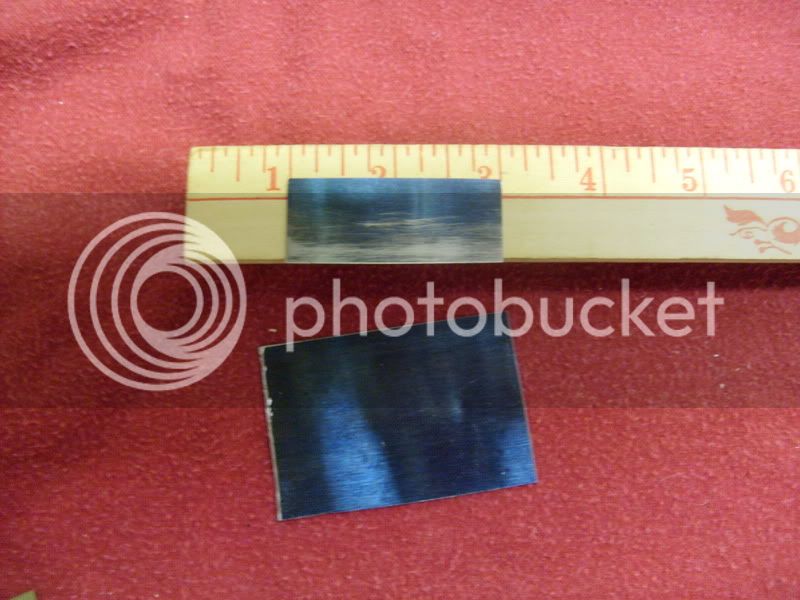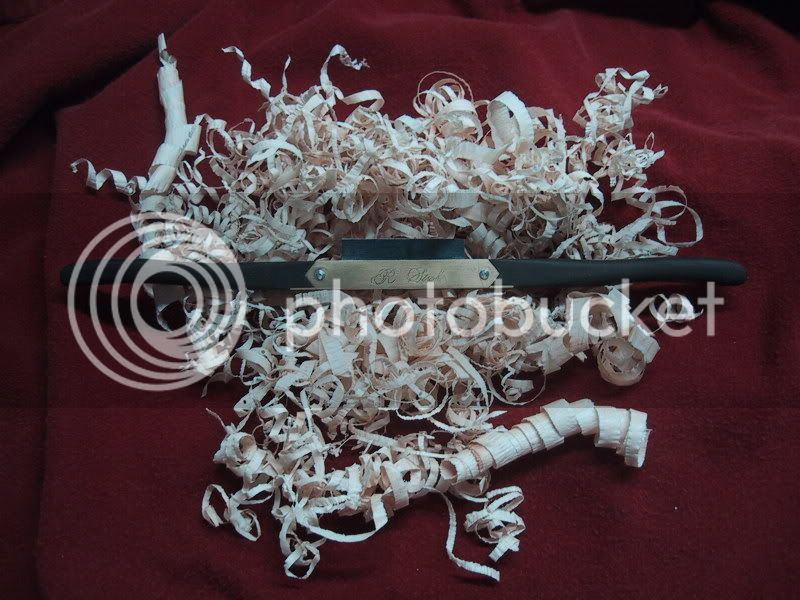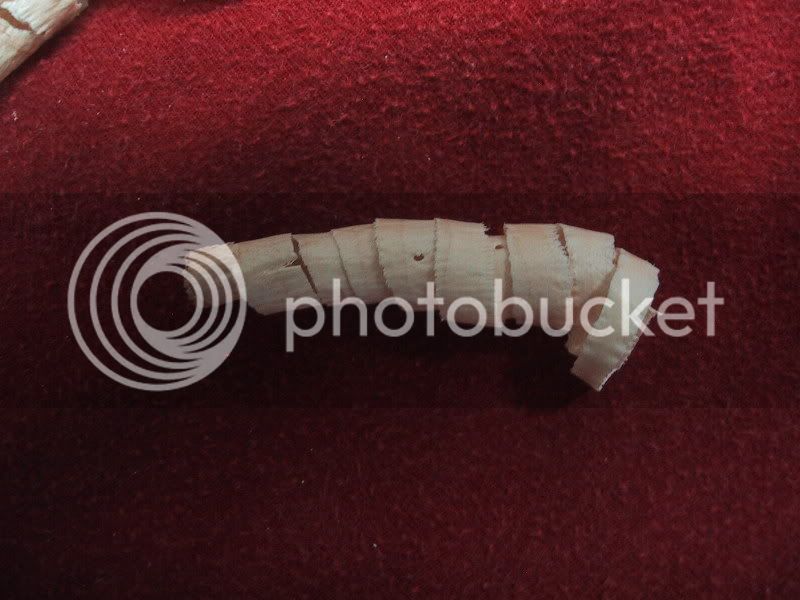Pards,
I am at the point of assembly of a Tennessee where everything is fitted and I am ready to start shaping my stock down. It was one from TOTW and has quite a bit of wood to take off on the butt end. I was going through a woodworking catalog to get some ideas of what to use. No better place to find knowledgeable kind advice than here. Sanding maple would take forever. I have found rasp's, spokeshaves, microplanes, files, etc..
Any of you pards out there who have built your own tell me which way might be the best way to get this wood off before final finishing. Many thanks.
I am at the point of assembly of a Tennessee where everything is fitted and I am ready to start shaping my stock down. It was one from TOTW and has quite a bit of wood to take off on the butt end. I was going through a woodworking catalog to get some ideas of what to use. No better place to find knowledgeable kind advice than here. Sanding maple would take forever. I have found rasp's, spokeshaves, microplanes, files, etc..
Any of you pards out there who have built your own tell me which way might be the best way to get this wood off before final finishing. Many thanks.





